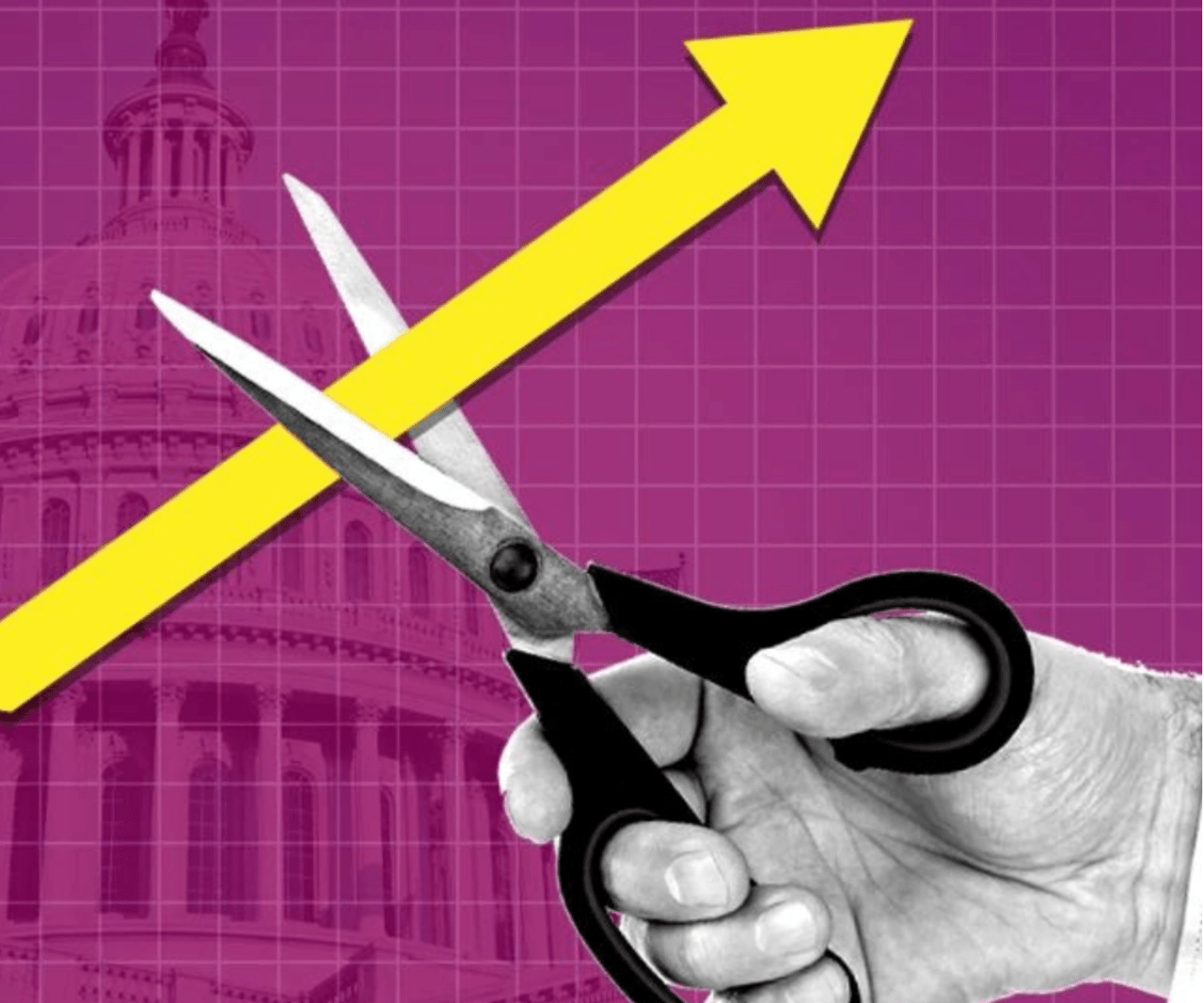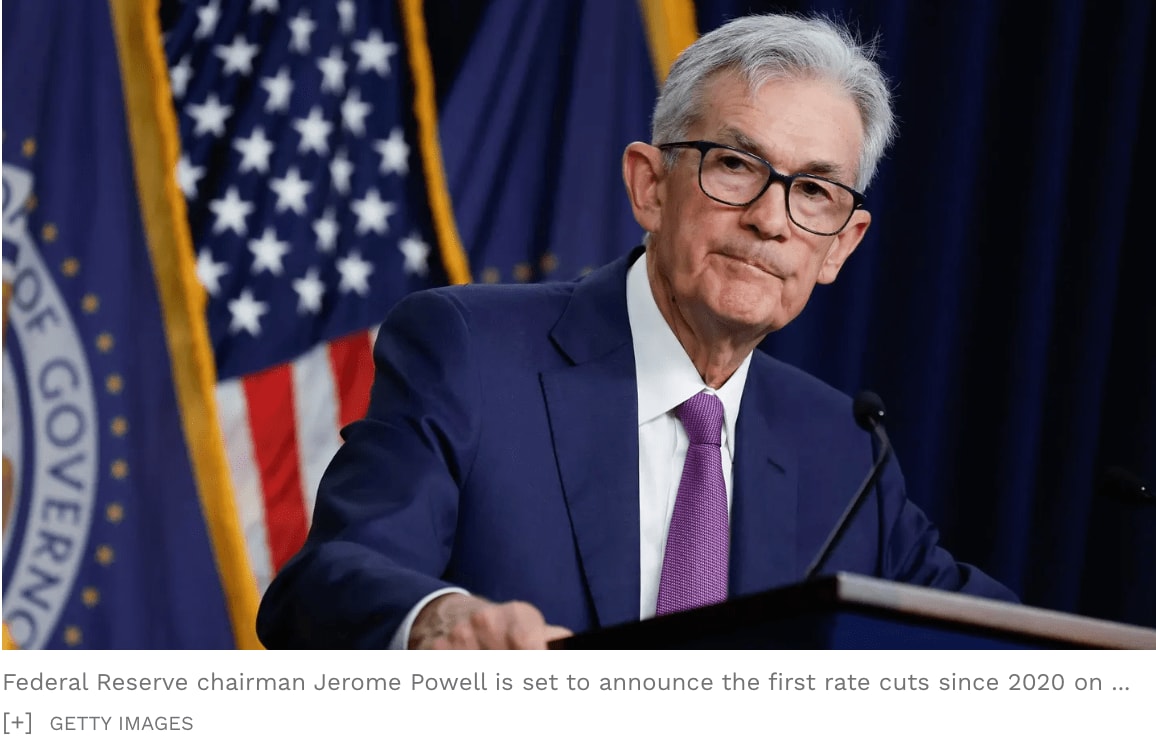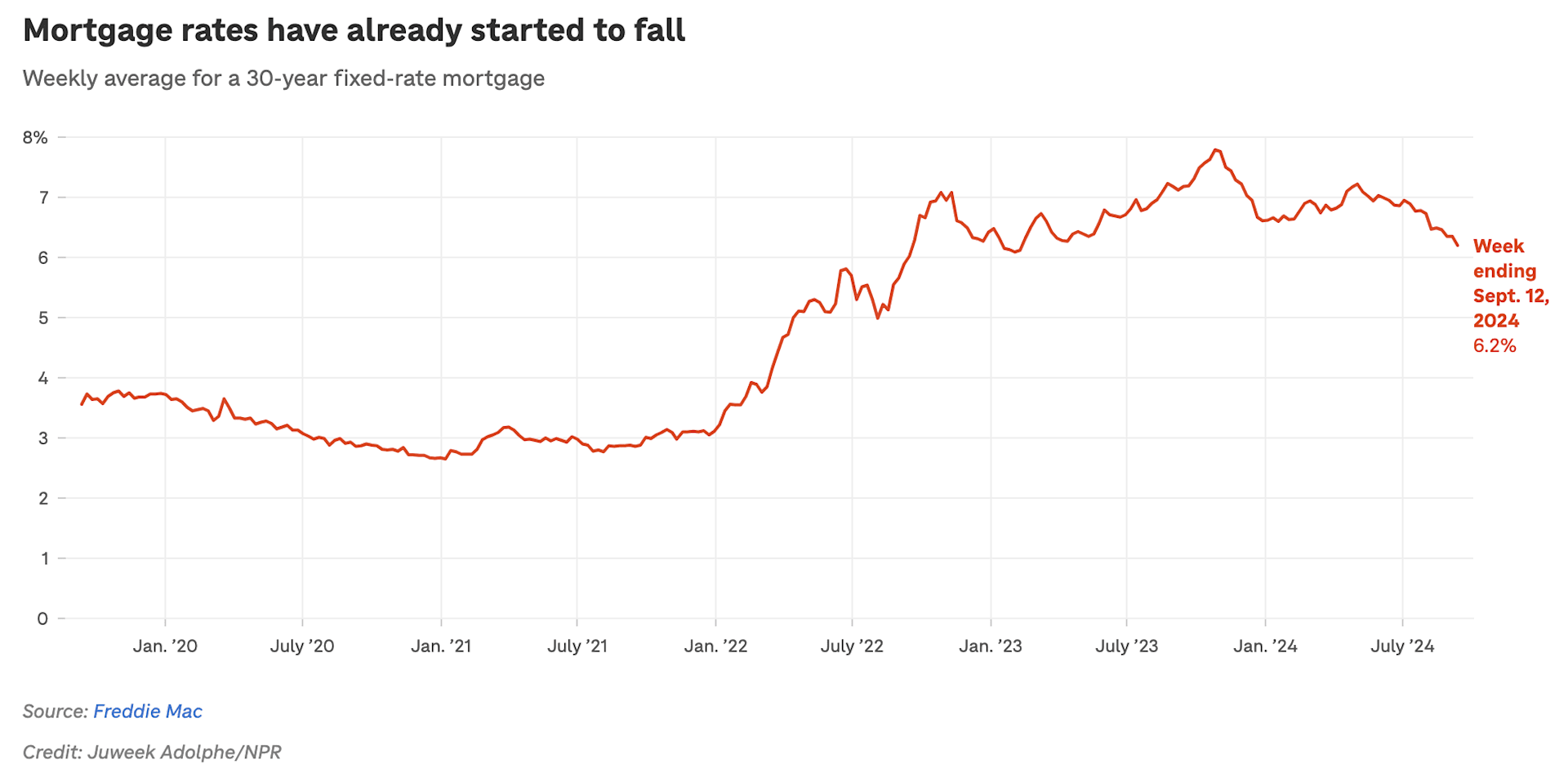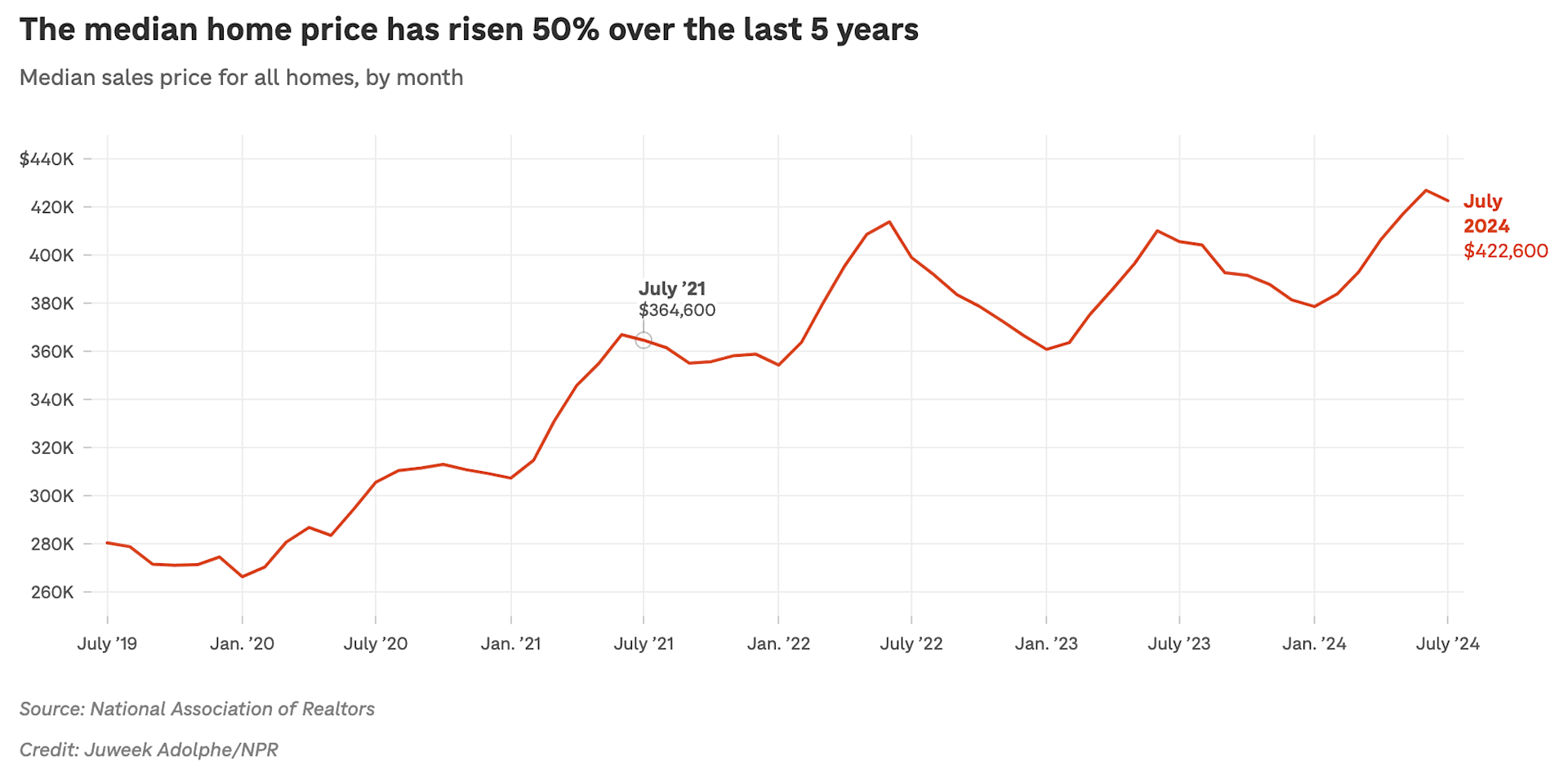The Federal Reserve cut interest rates yesterday, September 18th, for the first time in four years, putting an end to its longest cycle of rate hikes in roughly a decade. During their meeting, the central bank cut the influential federal fund rate by 50 bps bringing rates down to 4.75% to 5% from the 5.25% to 5.5% range. With this rate cut, borrowing costs for all kinds of loans should decrease.
“This will improve the material well-being of all Americans,” said Joe Brusuelas, chief economist at RSM US. “We had three years of extremely aggressive policy out of the Fed. We’re now pivoting toward the normalization of rates in the post-pandemic economy.”
What is the federal funds rate?
The federal funds rate is the target interest rate set by the Fed, which commercial banks use when they borrow and lend excess reserves to each other overnight. Because banks will now charge each other less to borrow money. They will, in turn, pass those changes on to customers. This interest rate cut should help stimulate the economy and reduce rates on loans and credit cards. Here’s how that could affect you.
Mortgage Rates & Housing Market
Mortgage rates have been pretty high for the last couple of years, especially compared with the historic lows they reached during the peak of the COVID-19 pandemic. Rates bottomed out below 3% for a 30-year fixed-rate mortgage during 2020 and 2021 when the pandemic led to lockdowns, but they then climbed to nearly 8% last year amid a robust economy and rising inflation. But the prospect of rate cuts has already helped send mortgage rates lower, even before the Fed announced its actual decision on Wednesday. Long-term fixed-rate mortgage rates are now at 6.2%, the lowest since February 2023. (It's worth noting, though, that other factors besides the Federal Reserve's benchmark interest rate influence mortgage rates, including economic conditions.) This means effectively that the rate cut announced by the Federal Reserve may already be priced in — though mortgage rates are bound to fall a little more given that policymakers have made clear they intend to continue cutting interest rates into next year.
Charlie Dougherty, a senior economist at Wells Fargo, expects mortgage rates to drop "marginally" after the Fed's rate cut on Wednesday. He and his colleagues forecast that the average rate on a 30-year fixed-rate mortgage will be about 6.2% by the end of this year — where it is now. But Dougherty expects the 30-year mortgage rate to fall closer to 5.5% by the end of 2025, still above pre-pandemic levels.
Possible Increase of Housing Supply
Here's the thing: Lower mortgage rates may not make it easier to buy a home. In fact, it could make it more difficult and lead to higher home prices. That's because lower mortgages are likely to lure more buyers back to the market, bringing in more competition for a limited supply of houses. That's tough for first-time homebuyers and raises concern for the would-be homebuyers who keep waiting for affordability to improve. These buyers have struggled to find their first home as many were scared off by bidding wars during the low-interest-rate era — and then were rebuffed by high mortgage rates and still-high prices.
A key reason for high home prices currently is lack of housing supply. Supply has not kept pace with demand. High interest rates have not helped, making it harder for some homebuilders to get projects off the ground, especially smaller, private developers. So this rate cut could make it easier for those developers to get building again. That's good news for the supply side of the housing equation — more homes getting built and into the market will relieve some of the demand that pushes up prices. But, of course, it will take time for those homes to be completed.
Affordability Could Still Remain a Problem
Lower mortgage rates can certainly bring down a homebuyer's monthly mortgage payment. But when home prices are sky-high, it will still be hard for many people to find a home they can afford.
Charles Doughtery, Wells Fargo economist, states home prices have risen almost 50% since 2020, faster than average household income growth during that time. Because of this housing has been out of reach for a lot of prospective home buyers.
During the pandemic, a huge number of homeowners refinanced their mortgages to take advantage of record-low rates. Almost 60% of active mortgages now have rates below 4% — rates so low that those homeowners are unlikely to refinance again. In fact, most homeowners are still going to be reluctant to sell their current home because they would face a higher mortgage rate today. Lower interest rates will somewhat reduce what's called the "lock-in effect," but they won't change homeowners' hesitation. Greg McBride, chief financial analyst at Bankrate.com, notes that even as mortgage rates have come down in recent weeks, it hasn't really jump-started the housing market. "Home prices are still at record highs, and inventory remains below pre-pandemic levels," he says. "Neither of those variables are likely to improve dramatically in the near term."
In other words: It could take more than the Fed's rate cut to fix America's housing problems.







